Autumn Hiking Gear Must-Haves for Mountains
Crisp air, shifting light, and golden trails demand smarter packing. Explore the definitive autumn hiking gear must-haves for mountains, curated with real-world experience, bite-sized tips, and memorable stories. Love trail-tested advice? Subscribe and share your own must-have item for fall ascents.
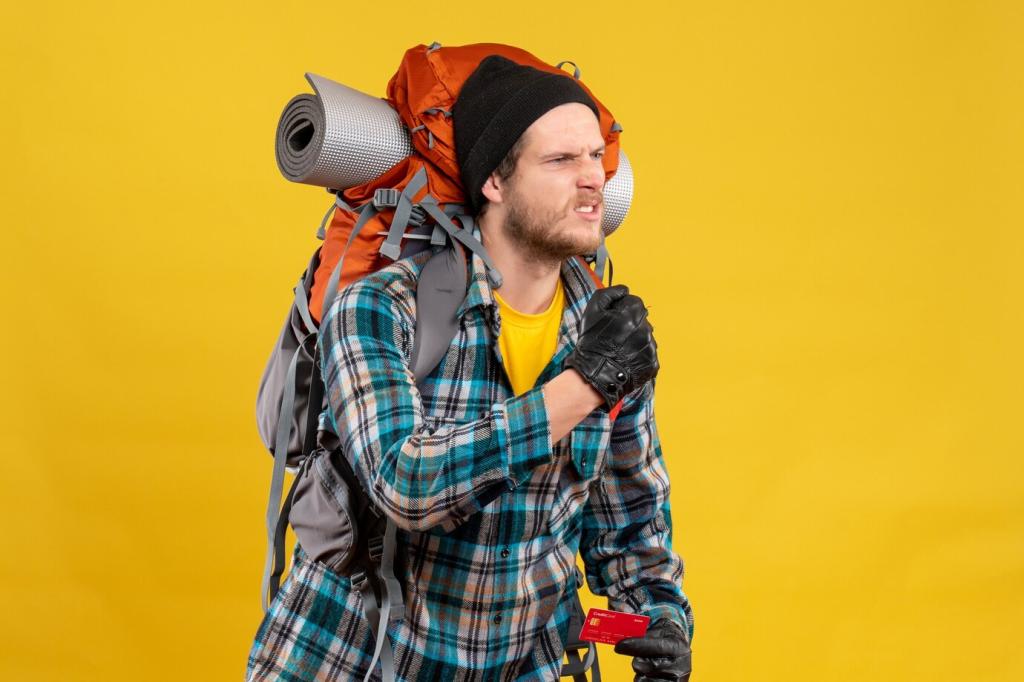
Master the Art of Autumn Layering
Choose merino or high-quality synthetics that wick sweat, dry quickly, and resist odor when climbs get steep. Avoid cotton, which holds moisture and chills you at rest stops. Fit matters: a snug base traps warmth effectively. What’s your favorite base layer fabric and weight?
Master the Art of Autumn Layering
Fleece is forgiving, breathable, and dependable when drizzle sneaks in. Synthetic puffies retain warmth better in damp conditions, while down offers unmatched loft if protected by a shell. Carry a midweight option for breaks. Share your go-to insulation for frosty trail lunches.
Footwear, Socks, and Traction You Can Trust
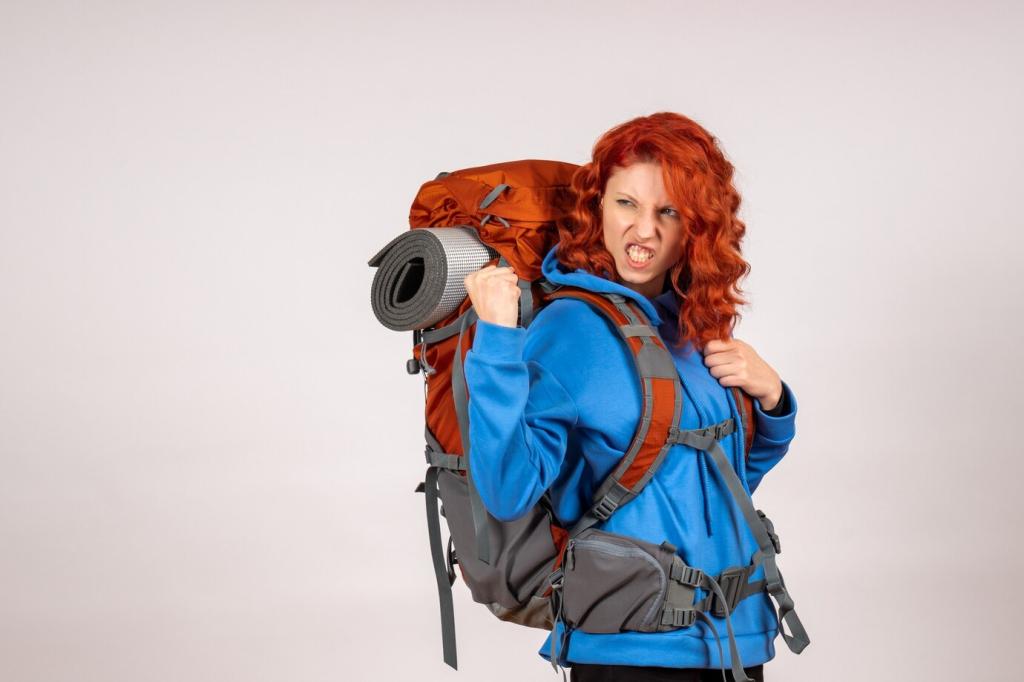
Boot Fit and Wool Socks Teamwork
Match supportive, broken-in boots with medium-cushion merino socks to control moisture and prevent blisters. Try heel-lock lacing on descents, and consider thin liner socks if hotspots persist. Swollen feet late day? Size accordingly. What sock combo keeps your feet happy in the cold?
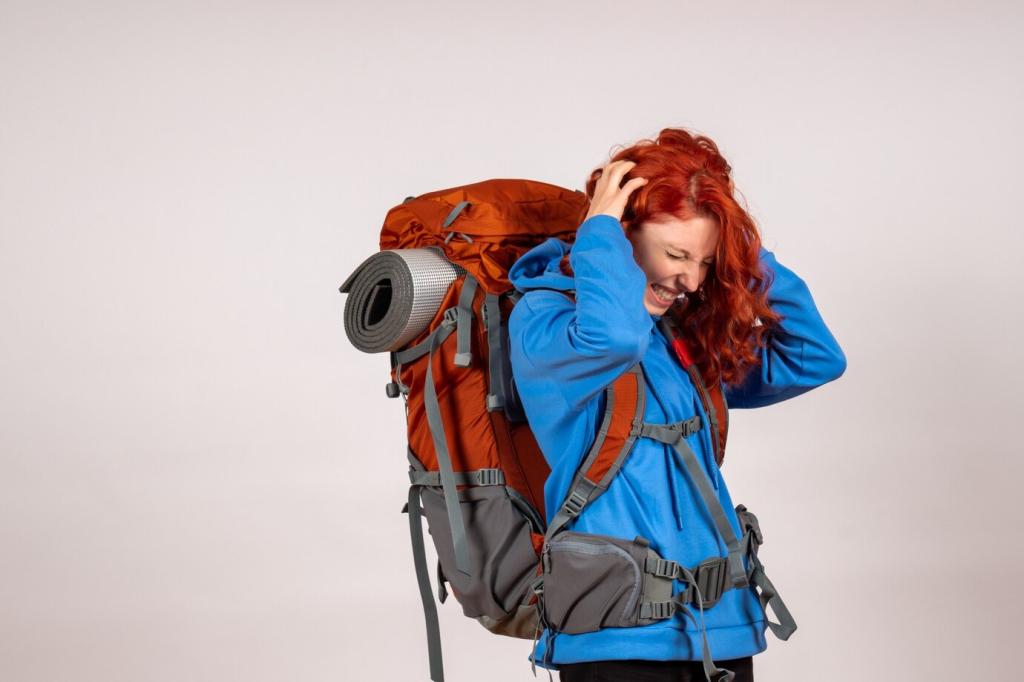
Gaiters and Waterproofing
Short gaiters keep leaf litter, grit, and drizzle out. Treat leather with conditioner and refresh membranes with waterproofing spray before peak season. Check seams and laces for wear. Gaiters also help protect pants from mud. Do you prefer ankle or mid-calf gaiters for autumn slop?

Microspikes for Frost and Early Snow
Compact traction devices bite into icy steps at dawn and shaded gullies by afternoon. Stainless chains and well-placed teeth balance durability and grip. Store them in a tough pouch to protect your pack. What terrain do you find microspikes most transformative on each fall?

Map, Compass, and Real-World Practice
Practice taking bearings and reading contours before your trip, not during a whiteout. A glove-friendly baseplate compass and waterproof map case keep navigation steady. Mark escape routes ahead of time. Have a favorite navigation drill? Teach our community in the comments.
GPS, Phones, and Power Management
Download offline maps, use airplane mode, and dim your screen to preserve power. Cold saps batteries fast; stash a battery pack in an inner pocket or wool sock. Waypoints for trailheads and bailouts help under pressure. Which offline map app do you trust most?
Headlamps with Warm Beams and Spares
Choose a headlamp with 300+ lumens, a red mode to preserve night vision, and easy buttons usable with gloves. Lithium batteries perform better in cold. Carry a tiny backup lamp in your hipbelt. Ever been saved by a spare? Tell us the story.
Safety and Emergency Essentials for the Shoulder Season
Pack blister treatment: leukotape, hydrocolloid, and alcohol wipes. Include a mylar blanket, chemical hand warmers, and an extra dry base layer for sudden chills. Know hypothermia signs: the “umbles” and clumsiness. What single item has saved your hike more than once?
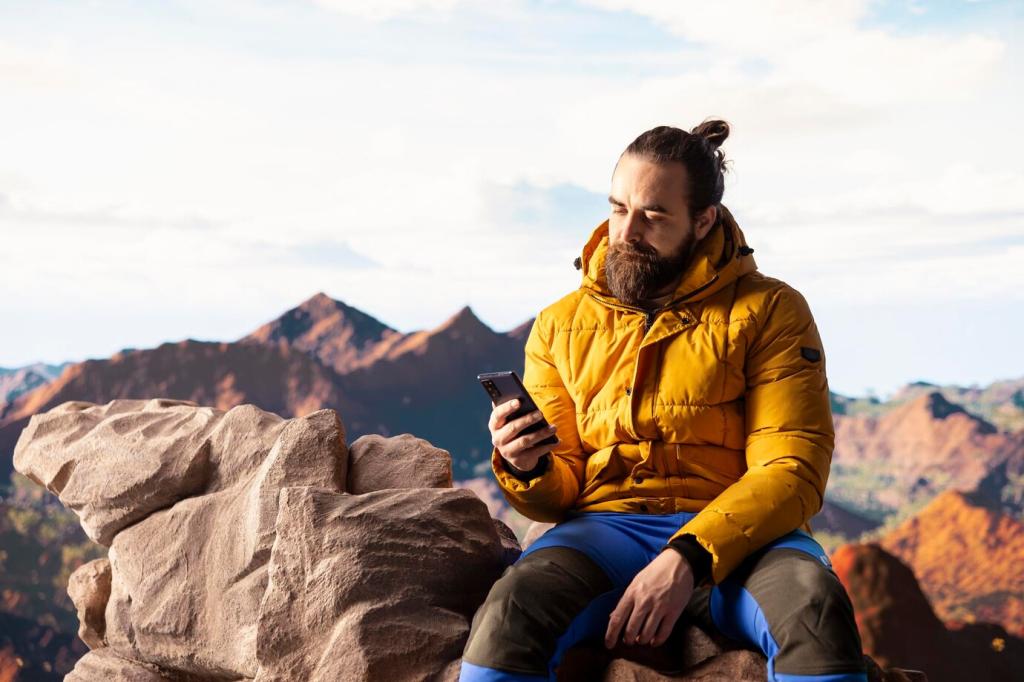
Safety and Emergency Essentials for the Shoulder Season
An ultralight bivy or heat-reflective survival bag prevents rapid heat loss during delays. A foam sit pad insulates during breaks. Stoves are for cooking, not heating tents—practice safe ventilation. What emergency shelter do you carry, and have you tested it on a cold ridge?
Insulated Bottles and Hose-Free Hydration
Hydration bladders freeze at the hose; switch to wide-mouth bottles in insulated sleeves. Store bottles upside down so ice forms at the top. A small thermos of tea or broth lifts morale and warms hands. What warm drink keeps your pace steady on windy passes?
Smart, Cold-Friendly Snacks
Choose calorie-dense foods that remain chewable: nut butters, soft jerky, fatty nuts, waffles, and pliable bars. Pre-open wrappers for glove-friendly access. Salt and fat help on chilly climbs. Which snack never fails you between blazing maples and icy switchbacks?
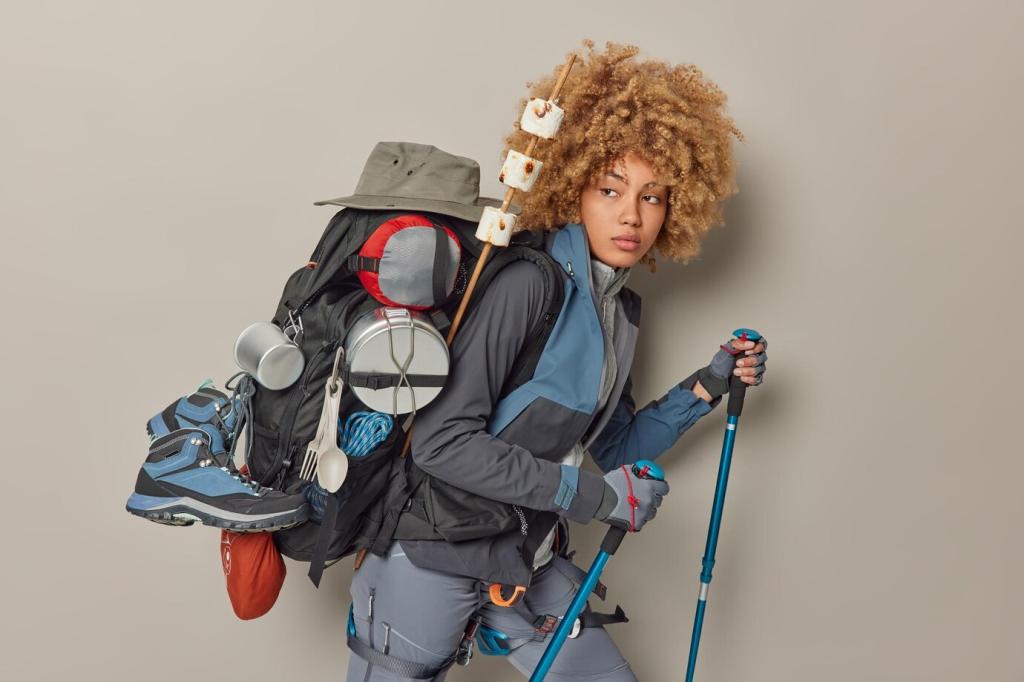
Backpacks and Poles Tuned for Autumn Miles
A 30–40 liter daypack swallows insulation, shells, microspikes, and hot drinks. Use a pack liner or trash compactor bag for real waterproofing; rain covers struggle in wind. Dry sacks organize layers. What’s your rainy-day pack organization strategy for quick, dry access?
